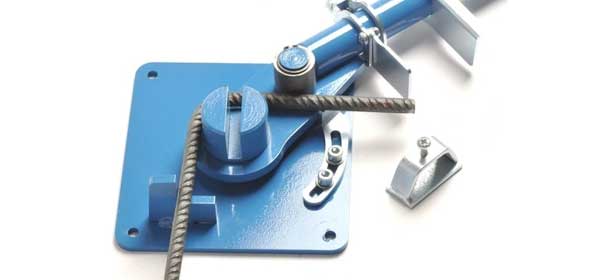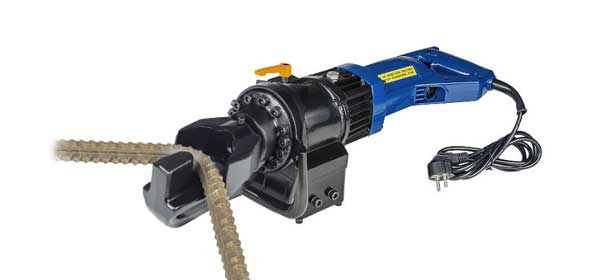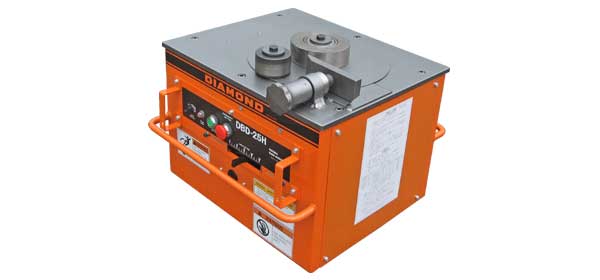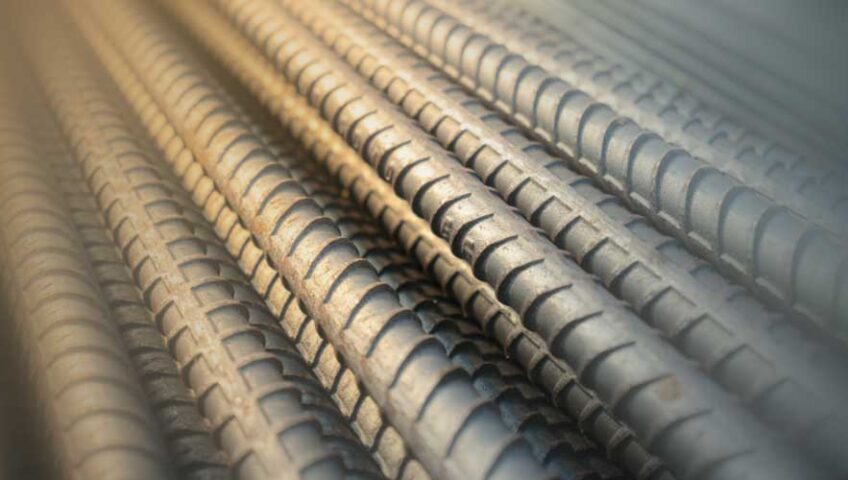Steel rebar, commonly referred to as reinforcing steel, plays a pivotal role in the construction industry. Ensuring the strength and durability of structures, this metal reinforcement is often required to be bent into specific shapes to fulfill its function. Bending steel rebar isn’t an intricate process, but it does require attention to detail and the right techniques. In this guide, you will discover the proven steps to bend steel rebar effectively and efficiently.
Understanding Steel Rebar Specifications
Before diving into the bending process, it’s essential to understand the different grades and types of steel rebar available. This will dictate the tools and techniques you should employ. Typically, rebar is classified into various grades, with Grade 60 and Grade 75 being the most prevalent. Each grade has a specific tensile strength, dictating its flexibility and the amount of force required to bend it.
Essential Tools for Bending Steel Rebar
- Manual Rebar Bender

This is the most common tool used for bending rebar, especially for small to medium-sized projects. It provides leverage to make the bending process easier. - Mechanical Bender

For larger projects or frequent rebar bending, a mechanical bender is the ideal tool. It reduces manual labor and ensures precision. - Rebar Bending Table

This is a large piece of equipment mainly used in commercial projects. It allows for steel metal bending multiple bars simultaneously and is perfect for producing consistent bends.
Step-by-Step Guide to Bending Steel Rebar
- Safety First: Always wear protective gloves and safety goggles when handling and bending rebar. This will protect your hands from potential cuts and your eyes from flying metal fragments.
- Measure and Mark: Before bending, measure the rebar and mark the bending point using a chalk or marker. This ensures accuracy in the bend.
- Secure the Rebar: If you’re using a manual bender, place the rebar into the slot, ensuring it’s snugly fit. The marked bending point should align with the apex of the bend in the tool.
- Apply Force: Using the long handle for leverage, apply force in the direction you wish to bend the rebar. For a mechanical bender, you’ll need to start the machine, and it will take care of the bending process for you.
- Check the Angle: Once bent, check the angle using a protractor to ensure it matches the required specifications.
- Make Adjustments: If the angle isn’t accurate, you can adjust it by bending it a little more or, if over-bent, by reversing the bend slightly.
Tips for Efficient Rebar Bending
- Temperature Matters: Rebar is more pliable when warm. If you’re working in colder conditions, consider heating the rebar slightly (not to red hot) before bending.
- Avoid Over-Bending: It’s easier to adjust an under-bent rebar than to correct an over-bent one. Always bend slightly less than needed and make corrections afterward.
- Consistent Pressure: Apply consistent pressure when bending manually. This ensures a smooth bend without kinks.
Common Rebar Bending Mistakes to Avoid
- Bending Without Marking: This can lead to inaccuracies and inconsistencies in the bent rebar.
- Not Checking the Angle: After bending, always verify the angle. Ignoring this step can result in structural inefficiencies in the construction project.
- Using the Wrong Tools: Always use the appropriate tool for the grade and size of the rebar.
Applications of Bent Steel Rebar
Bent rebar is utilized in various construction applications, such as:
- Foundations: Bent rebar provides the foundational strength to buildings, ensuring they can withstand external pressures.
- Walls and Columns: Within walls and columns, bent rebar offers structural integrity, allowing these parts to bear the load of the building.
- Bridges: In bridges, bent rebar plays a crucial role in ensuring the structure can handle both its own weight and the weight of vehicles and pedestrians.
Bending steel rebar is an essential skill in the construction world. By understanding the properties of the rebar, using the right tools, and following the best practices, you can ensure that your bent rebar meets the highest standards of quality and safety. Whether for a small project or a large-scale construction, mastering the art of bending steel rebar will undoubtedly serve you well in the long run.

